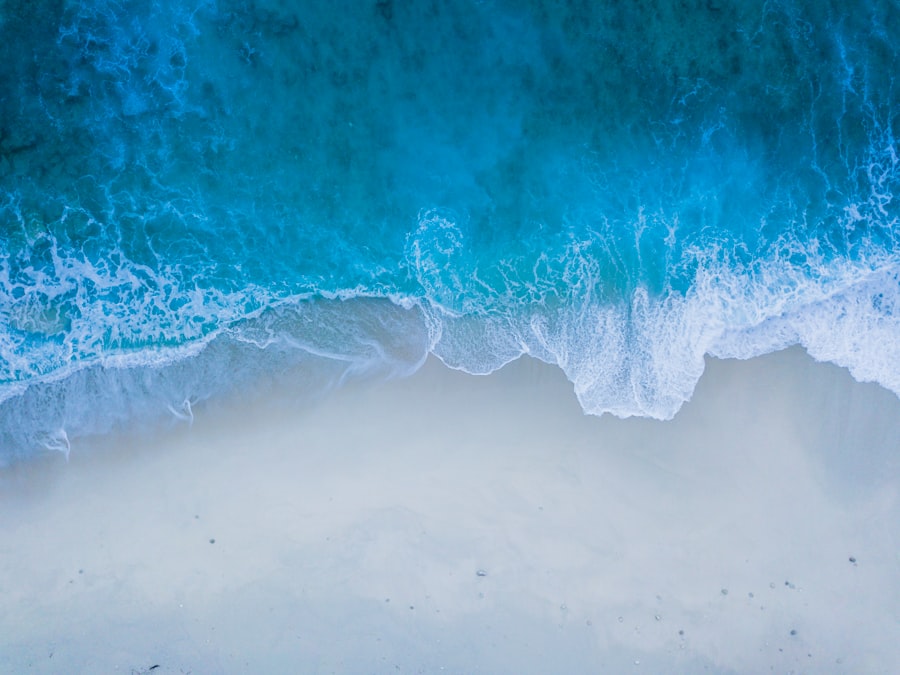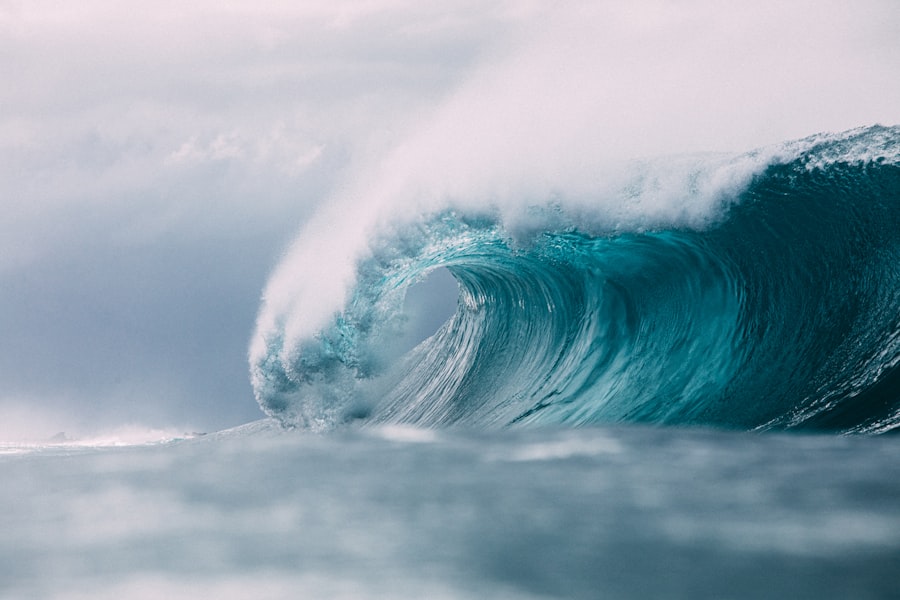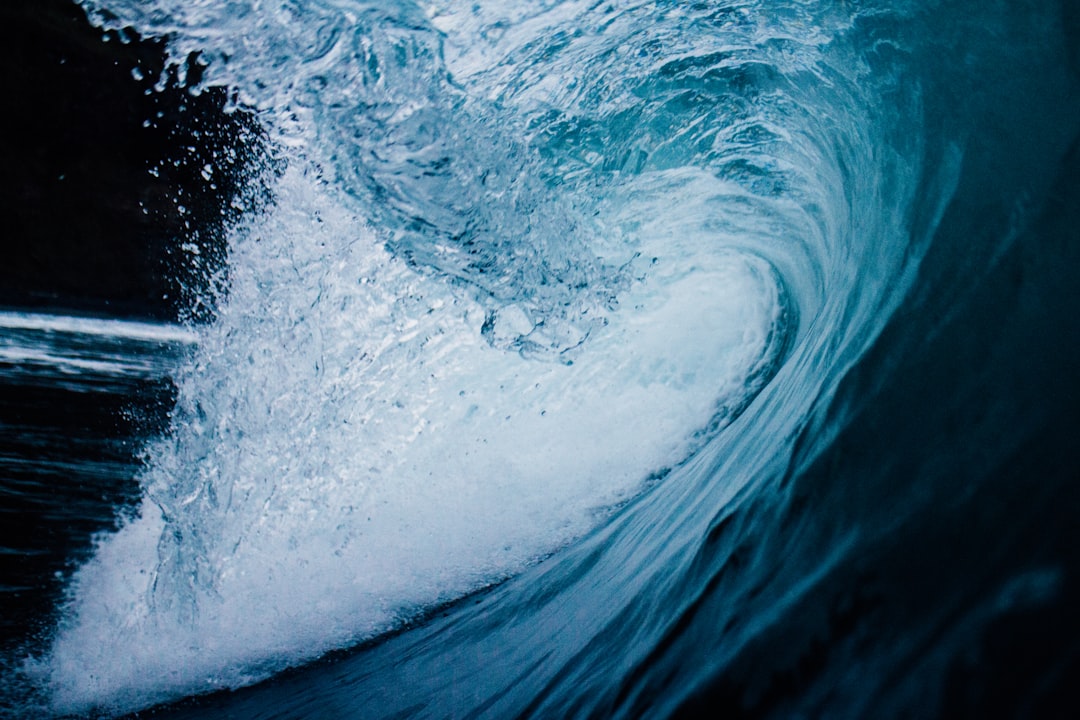The Drake Passage, a body of water located between the southern tip of South America and Antarctica, is notorious for its tumultuous seas and unpredictable weather patterns. Sailors and adventurers alike regard it as one of the most challenging maritime environments in the world. The waves that rise in this region can reach staggering heights, often exceeding 30 feet, and their ferocity is amplified by the confluence of the Atlantic and Pacific Oceans.
This unique geographical setting creates a perfect storm of conditions that can turn a routine voyage into a harrowing experience. For those who dare to navigate these waters, the challenge is not merely physical; it is also psychological, demanding resilience and fortitude. The unpredictability of the Drake Passage adds another layer of complexity to the challenge.
Weather systems can shift rapidly, transforming calm seas into raging torrents within hours. This volatility requires sailors to be constantly vigilant and prepared for sudden changes. The sheer power of the waves can be intimidating, and even experienced mariners can find themselves overwhelmed by the sheer scale of nature’s fury.
As they face these colossal waves, they must rely on their skills, knowledge, and equipment to ensure their safety and the success of their journey.
Key Takeaways
- The Drake Passage presents a significant challenge for navigating big waves due to its location and weather patterns.
- Understanding the dynamics of the Drake Passage is crucial for safely navigating big waves and avoiding potential hazards.
- Essential equipment for conquering big waves includes sturdy boats, navigation tools, communication devices, and safety gear.
- Techniques for navigating big waves safely involve maintaining control of the boat, adjusting speed and direction, and anticipating wave patterns.
- Mental preparedness is essential for confronting big waves, including staying focused, managing fear and anxiety, and maintaining a positive mindset.
Understanding the Dynamics of the Drake Passage
To navigate the Drake Passage effectively, one must first grasp the dynamics that govern this formidable stretch of water. The passage is characterized by strong currents, particularly the Antarctic Circumpolar Current, which flows from west to east around Antarctica. This current interacts with wind patterns and oceanic conditions, creating a complex interplay that can lead to the formation of massive waves.
Understanding these dynamics is crucial for anyone attempting to traverse this challenging maritime landscape. Moreover, the geography of the surrounding landmasses plays a significant role in wave formation. The proximity of South America and Antarctica creates a funneling effect that can intensify wave height and energy.
As winds whip across the open ocean, they encounter these landmasses, resulting in turbulent conditions that can catch even seasoned sailors off guard. By studying these factors, mariners can better anticipate wave behavior and make informed decisions about their routes and sailing strategies.
Essential Equipment for Conquering Big Waves

Equipping oneself with the right tools is paramount when facing the challenges posed by big waves in the Drake Passage. A sturdy vessel designed for rough seas is essential; it should be built to withstand extreme conditions while providing stability and safety for its crew. Features such as a deep hull, reinforced structure, and reliable navigation systems are critical components that can make a significant difference in a sailor’s ability to navigate turbulent waters.
In addition to a well-constructed vessel, sailors must also invest in high-quality safety gear. Life jackets, harnesses, and emergency beacons are vital for ensuring crew safety in case of an emergency. Communication devices that function reliably in harsh conditions are equally important, allowing sailors to stay connected with support teams or other vessels.
Furthermore, having a well-stocked supply of provisions and emergency equipment can provide peace of mind during long voyages through unpredictable waters.
Techniques for Navigating Big Waves Safely
| Technique | Description |
|---|---|
| Positioning | Understanding the wave break and positioning yourself correctly to navigate through it. |
| Paddle Technique | Using proper paddle technique to generate speed and control while navigating big waves. |
| Reading Waves | Developing the ability to read and anticipate the behavior of big waves to navigate them safely. |
| Balance and Stability | Maintaining balance and stability on the board to handle the power of big waves. |
| Knowledge of Breaks | Understanding different types of wave breaks and how to navigate them safely. |
Navigating big waves requires a combination of skill, knowledge, and technique. One fundamental approach is to position the vessel correctly in relation to incoming waves. Sailors often employ techniques such as “riding the swell” or “taking waves at an angle” to minimize the impact on their vessel.
By understanding wave patterns and timing their maneuvers accordingly, they can reduce the risk of capsizing or sustaining damage. Another critical technique involves maintaining a steady course while adjusting speed as necessary. Slowing down when approaching large waves can help prevent the vessel from being lifted too high or crashing down too hard.
Additionally, sailors must be adept at using their sails effectively to harness wind power while maintaining control over their vessel’s direction. Mastering these techniques requires practice and experience but can significantly enhance safety when navigating through the Drake Passage’s formidable waves.
Mental Preparedness for Confronting Big Waves
Mental preparedness is as crucial as physical readiness when it comes to confronting big waves in the Drake Passage. The psychological toll of navigating such treacherous waters can be immense, often leading to anxiety or fear among sailors. Developing mental resilience is essential for maintaining focus and composure during challenging situations.
Techniques such as visualization and mindfulness can help sailors prepare mentally for the potential dangers they may face. Moreover, fostering a positive mindset can significantly impact performance at sea. Sailors who approach their journey with confidence and determination are more likely to make sound decisions under pressure.
Engaging in mental exercises that promote calmness and clarity can help individuals manage stress effectively while navigating through turbulent waters. By prioritizing mental preparedness, sailors can enhance their ability to confront big waves with courage and resolve.
Physical Training for Conquering Big Waves

Physical training plays a vital role in preparing sailors for the rigors of navigating big waves in the Drake Passage. A strong body enhances endurance and resilience, enabling individuals to withstand the physical demands of sailing in rough seas. Exercises that focus on core strength, balance, and flexibility are particularly beneficial, as they help sailors maintain stability on a moving vessel.
In addition to strength training, cardiovascular fitness is essential for sustaining energy levels during long voyages. Activities such as running, swimming, or cycling can improve overall stamina and ensure that sailors remain alert and responsive while at sea. Furthermore, practicing specific sailing maneuvers on land or in controlled environments can help build muscle memory and improve reaction times when faced with unexpected challenges on the water.
The Role of Experience in Conquering Big Waves
Experience is an invaluable asset when it comes to conquering big waves in the Drake Passage. Seasoned sailors possess a wealth of knowledge gained from years spent navigating challenging waters. They have learned to read weather patterns, understand wave behavior, and anticipate potential hazards that may arise during their journey.
This expertise allows them to make informed decisions that enhance safety and increase the likelihood of success. Moreover, experienced sailors often serve as mentors for those new to navigating rough seas. They share insights gained from their own experiences, helping others develop essential skills and strategies for facing big waves.
This transfer of knowledge fosters a sense of community among sailors and reinforces the importance of learning from one another’s journeys.
Safety Measures for Dealing with Big Waves in the Drake Passage
Implementing safety measures is paramount when dealing with big waves in the Drake Passage. One fundamental practice is conducting thorough pre-voyage inspections of both the vessel and equipment to ensure everything is functioning correctly. Regular maintenance checks can prevent mechanical failures that could jeopardize safety during turbulent conditions.
Additionally, establishing clear communication protocols among crew members is essential for maintaining safety on board. Assigning specific roles during challenging situations ensures that everyone knows their responsibilities and can act swiftly if needed. Furthermore, having contingency plans in place for emergencies—such as man overboard scenarios or equipment malfunctions—can significantly enhance crew safety while navigating through rough waters.
Strategies for Overcoming Fear and Anxiety in Big Waves
Fear and anxiety are natural responses when confronting big waves in the Drake Passage; however, developing strategies to manage these emotions is crucial for effective navigation. One effective approach involves acknowledging fear without allowing it to dictate actions.
Another strategy involves engaging in positive self-talk and affirmations to counter negative thoughts that may arise during challenging moments at sea. Reminding oneself of past successes or visualizing successful navigation through rough waters can bolster confidence and reduce anxiety levels. Additionally, sharing experiences with fellow sailors can provide reassurance and foster camaraderie among those facing similar challenges.
The Importance of Teamwork in Conquering Big Waves
Teamwork is essential when it comes to conquering big waves in the Drake Passage. A cohesive crew that communicates effectively can navigate challenges more efficiently than individuals working in isolation. Each member brings unique skills and perspectives that contribute to overall success; therefore, fostering a collaborative environment is vital for achieving common goals.
Moreover, teamwork enhances safety on board by ensuring that responsibilities are shared among crew members. When everyone understands their roles and works together seamlessly, they can respond more effectively to unexpected situations that may arise during turbulent conditions. Building trust among team members through shared experiences strengthens bonds and cultivates resilience in the face of adversity.
Celebrating Success in Conquering Big Waves in the Drake Passage
Successfully navigating big waves in the Drake Passage is an achievement worth celebrating. Each journey through these challenging waters represents not only a test of skill but also a triumph over nature’s formidable forces. Sailors often take time to reflect on their experiences after completing a voyage, acknowledging both individual contributions and collective efforts that led to success.
Celebrating these accomplishments fosters a sense of camaraderie among crew members and reinforces their commitment to future adventures at sea. Whether through shared stories around a campfire or commemorative gatherings upon returning home, recognizing achievements helps build confidence for future challenges while deepening connections within the sailing community. Ultimately, conquering big waves becomes not just about survival but also about embracing the spirit of adventure that defines life on the open ocean.
The Drake Passage is renowned for its formidable waves and challenging sailing conditions, making it a topic of interest for adventurers and maritime enthusiasts alike. For those intrigued by the natural forces that shape such treacherous waters, an insightful article on the geological and oceanographic factors contributing to these massive waves can be found on MyGeoQuest. This resource delves into the unique interplay of currents and winds that define the Drake Passage. To explore more about the geological aspects of this region, you can visit the related article on MyGeoQuest’s sample page.
WATCH NOW! Drake Passage: Earth’s Deadliest Waters Revealed
FAQs
What are big waves in the Drake Passage?
Big waves in the Drake Passage refer to the large and powerful ocean swells that occur in the body of water between South America’s Cape Horn and the South Shetland Islands of Antarctica. These waves are known for their extreme height and force, making the Drake Passage one of the most challenging and notorious stretches of water for sailors and seafarers.
What causes big waves in the Drake Passage?
The big waves in the Drake Passage are primarily caused by the strong and persistent westerly winds that sweep across the Southern Ocean. These winds can generate massive waves as they travel unimpeded across the vast expanse of open water, leading to the formation of towering swells in the Drake Passage.
How high can the big waves in the Drake Passage get?
The big waves in the Drake Passage can reach staggering heights, with some waves exceeding 30 meters (nearly 100 feet) during extreme weather conditions. These colossal waves pose a significant hazard to ships and other vessels navigating the treacherous waters of the Drake Passage.
What are the dangers of encountering big waves in the Drake Passage?
Encountering big waves in the Drake Passage can pose serious risks to maritime activities. The sheer size and power of these waves can lead to ship damage, capsizing, and potential loss of life. Additionally, the unpredictable nature of the waves in the Drake Passage makes navigation and safe passage through the area extremely challenging.
Are there any measures in place to mitigate the risks of big waves in the Drake Passage?
Mariners and shipping companies take various precautions to mitigate the risks associated with big waves in the Drake Passage. This may include careful route planning, utilizing advanced weather forecasting technologies, and ensuring that vessels are equipped to withstand the extreme conditions encountered in the area. Additionally, some ships may opt to wait for more favorable weather conditions before attempting to cross the Drake Passage.
